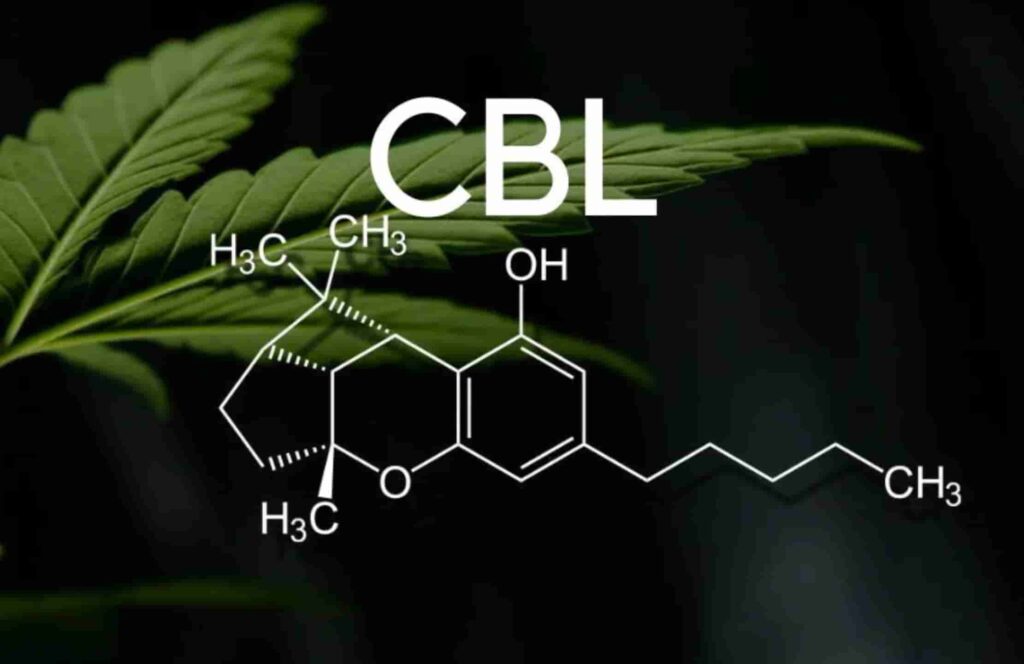Exploring the Therapeutic Potential of Cannabicyclol (CBL) in Medical Marijuana
Introduction:
In recent years, medical marijuana has gained significant attention for its potential therapeutic benefits in managing various health conditions. Among the numerous cannabinoids found in cannabis, one lesser-known compound is Cannabicyclol (CBL). While not as extensively researched as other cannabinoids like THC and CBD, CBL shows promise in the realm of medicinal applications. In this article, we delve into the emerging research surrounding CBL and its potential role in medical marijuana.
Understanding Cannabicyclol (CBL):
Cannabicyclol, or CBL, is a naturally occurring phytocannabinoid found in cannabis plants. It is a derivative of cannabichromene (CBC), formed through prolonged exposure to light or heat. CBL is classified as a non-psychoactive cannabinoid, meaning it does not produce the intoxicating effects commonly associated with THC.
Exploring the Therapeutic Potential:
While research on CBL is still in its infancy compared to other cannabinoids, preliminary studies suggest potential therapeutic applications. One area of interest is its anti-inflammatory properties. Inflammation is linked to various chronic diseases, including arthritis, inflammatory bowel disease, and neurodegenerative disorders. Studies have shown that CBL may exhibit anti-inflammatory effects, making it a possible candidate for managing inflammatory conditions.
Moreover, CBL has been investigated for its potential as an analgesic agent. Chronic pain affects millions of individuals worldwide and is often challenging to manage with conventional medications. Some research suggests that CBL may modulate pain perception pathways, offering a novel approach to pain management.
In addition to its anti-inflammatory and analgesic properties, CBL has shown promise in neuroprotection. Neurological disorders such as epilepsy, multiple sclerosis, and Parkinson’s disease involve neuronal damage or dysfunction. Preliminary studies indicate that CBL may possess neuroprotective effects, potentially mitigating the progression of these conditions.
Furthermore, emerging evidence suggests that CBL may have antimicrobial properties. Exploring alternative antimicrobial agents is crucial in an era of increasing antibiotic resistance. Research indicates that CBL exhibits antibacterial activity against certain strains of bacteria, highlighting its potential as a therapeutic agent in combating bacterial infections.
Challenges and Limitations:
Despite the promising findings, several challenges hinder the widespread acceptance and utilization of CBL in medical practice. One significant obstacle is the lack of comprehensive clinical studies evaluating its safety and efficacy in humans. Most of the existing research is preclinical and conducted on cell cultures or animal models. Clinical trials are necessary to determine the optimal dosage, administration route, and potential adverse effects of CBL in humans.
Moreover, regulatory restrictions and legal uncertainties surrounding cannabis research pose barriers to conducting large-scale clinical trials. The federal classification of cannabis as a Schedule I controlled substance has impeded research efforts and limited access to funding for studying its therapeutic potential.
Another challenge is the variability in cannabinoid composition among different cannabis strains. The concentrations of CBL and other cannabinoids can vary significantly depending on factors such as plant genetics, cultivation methods, and processing techniques. Standardization of cannabinoid content is essential to ensure consistency and reproducibility in research outcomes.
Future Directions:
Despite the challenges, the growing interest in medical marijuana and cannabinoids has spurred renewed research efforts. Future studies should focus on elucidating the molecular mechanisms underlying the therapeutic effects of CBL and exploring its potential synergistic interactions with other cannabinoids and traditional medications.
Furthermore, collaborative efforts between researchers, healthcare professionals, regulatory agencies, and industry stakeholders are essential to overcome regulatory hurdles and facilitate the development of evidence-based guidelines for using CBL in medical practice.
Conclusion:
In conclusion, Cannabicyclol (CBL) holds promise as a therapeutic cannabinoid with potential applications in various medical conditions. While research on CBL is still in its early stages, preliminary findings suggest it possesses anti-inflammatory, analgesic, neuroprotective, and antimicrobial properties. However, further clinical studies are warranted to establish its safety, efficacy, and optimal therapeutic use in humans. With continued research and collaboration, CBL may emerge as a valuable addition to the arsenal of medical marijuana-based therapies, offering new hope for patients suffering from a wide range of health ailments.

Dr. Nicholas Marsh has been a respected board-certified anesthesiologist in Northern Virginia for over 35 years. Recognized as a top doctor by FindaTopDoc.com, his vision for providing top-quality medical services is driven by his passion for patient comfort and dignity.

